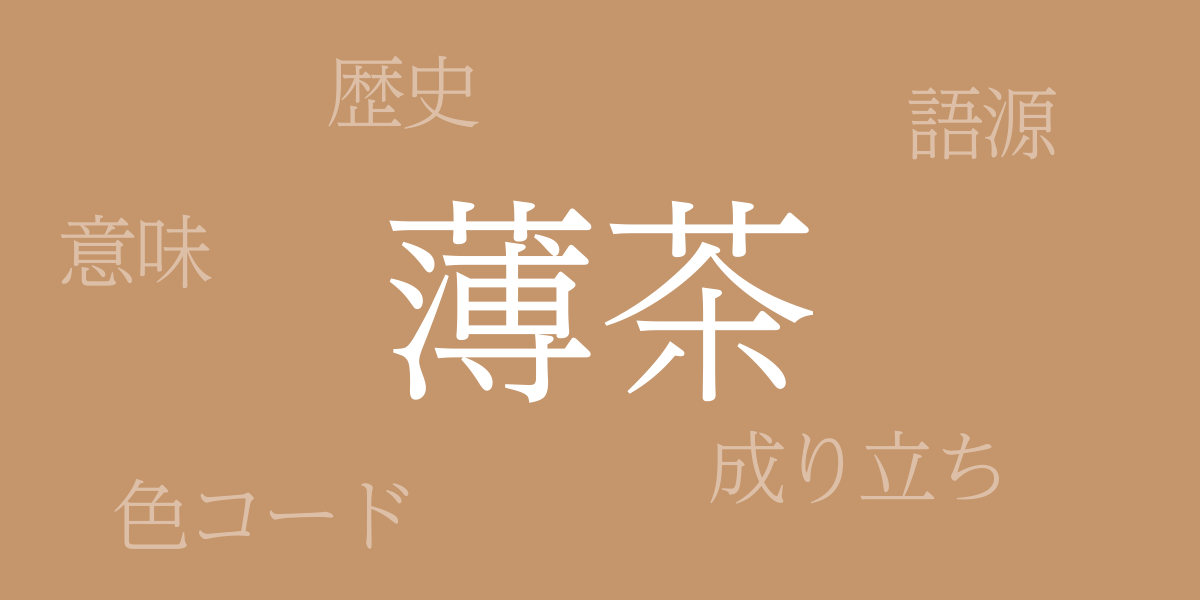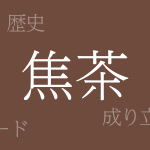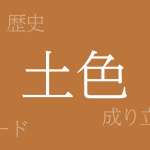Japan’s seasons are rich in color changes, admired worldwide. These natural transitions have greatly influenced Japanese traditional colors. Among them, “Usucha (薄茶 – うすちゃ)” is known for its subtle yet profound allure, permeating various aspects of Japanese culture. This article delves into the meaning of the Usucha color, its history, and explores the codes and Western names representing this color.
About Usucha (薄茶 – うすちゃ)
Usucha (薄茶 – うすちゃ), as the name implies, is a light brown, one of the traditional Japanese colors. Brown is prevalent in nature, symbolizing the close relationship between nature and human life through soil, wood, and stone. Usucha reflects these natural elements gently and is cherished across a broad range of fields including Japanese art, fashion, and design.
The History of Usucha
The history of Usucha dates back to the Heian period, making it a historically used color. During the Muromachi period, as tea ceremony became popular, this color was favored for tea utensils and clothing. In the Edo period, it spread among samurai and townspeople, valued for its subdued hue that represented politeness and modest aesthetics.
Color Code of Usucha
In modern times, color codes are used to replicate Usucha in digital and print formats. Below are the color codes for Usucha:
- HEX: #C5956B
- RGB: R:197 G:149 B:107
- CMYK: C:0.0 M:24.4 Y:45.7 K:22.7
Western Name for Usucha
In the West, colors similar to Usucha are typically called ‘Beige’ or ‘Tan’. These names reflect the calm and similar sensibility of Usucha, and are frequently used in international design and fashion contexts.
Conclusion on Usucha
Usucha is a color that evokes calmness and warmth, reflecting Japan’s natural and historical color palette. Integrated into modern technology through its color codes and recognized internationally by its Western names, Usucha continues to be a beloved Japanese traditional color worldwide. As a symbol of Japanese culture, it will remain cherished by many for years to come.

























